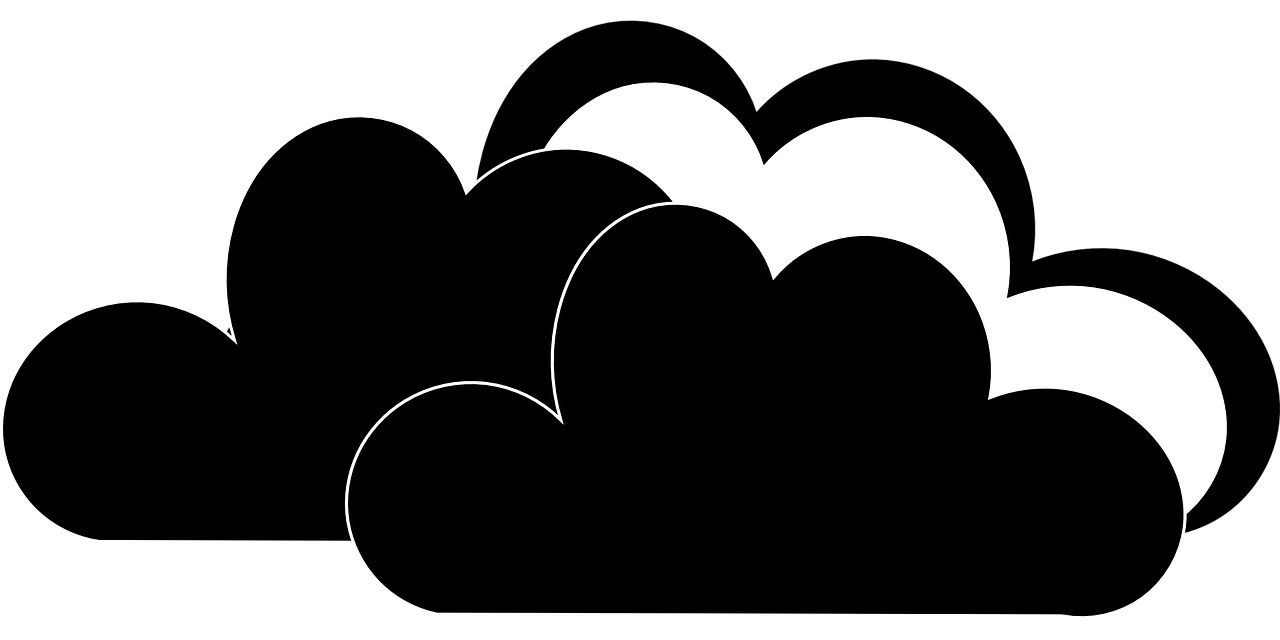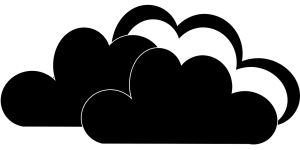
From Cloud Computing to Fog Computing

The Internet of Things has changed not only the digital world but also the way we live. It granted us access to a vast amount of information, which we managed to handle successfully. Now, we are witnessing the Internet of Things evolving into the Internet of Everything(s). More and more devices are moving to the cloud, and we are talking about every phone, tablet, car, even TVs, and refrigerators. A recent CISCO survey forecasts that 50 billion devices will be connected to the internet by 2020, and we need to be prepared to cope with this rapid expansion.
Yesterday Cloud, Today Fog!
As you probably already figure it out, I am a big believer in Cloud Computing and what it still has to grown to. But, I have to admit that with all the connected devices, Cloud Computing still needs help.
We live in a world of mass connectivity, where everything around us is, and will be, connected to the internet, which will make the online environment look like a highway in rush hour traffic. Even the most advanced cloud computing architecture still struggles with this large amount of data.
Fog Computing is becoming widely known as being the one that moves cloud computing closer to the ground, extending its capabilities and allowing storing and processes directly on the devices, minimizing the amount of data that is transferred to the cloud. The result is a Cloud Computing environment which can focus on heavier tasks while Fog Computing takes care of short-term, localized analytics.
With the large amount of connected devices the internet becomes slower, and therefore harder to use so Fog Computing is a solution to today’s architectural challenges with bandwidth, enabling real-time analytics, lower latency and maybe even improved security
What Fog Computing does?
- Analyzes the most time-sensitive data at the network edge, instead of sending large amounts of IoT data to the cloud
- Acts on IoT data in milliseconds
- Sends selected data to the cloud for historical analysis and longer-term storage
Fog Computing benefits:
- Cost – Fog Computing requires less movement of the data, therefore releases the network for other uses
- Expedience – Being closer to the Things, Fog Computing enables real-time processes
- Security and Governance – Less data movement brings extra security. Also, there are strict regulatory requirements about where data is stored
Bottom line, Fog Computing means evolution, and there’s nothing foggy about that! Waiting for your comments below!
Photo source: https://pixabay.com





